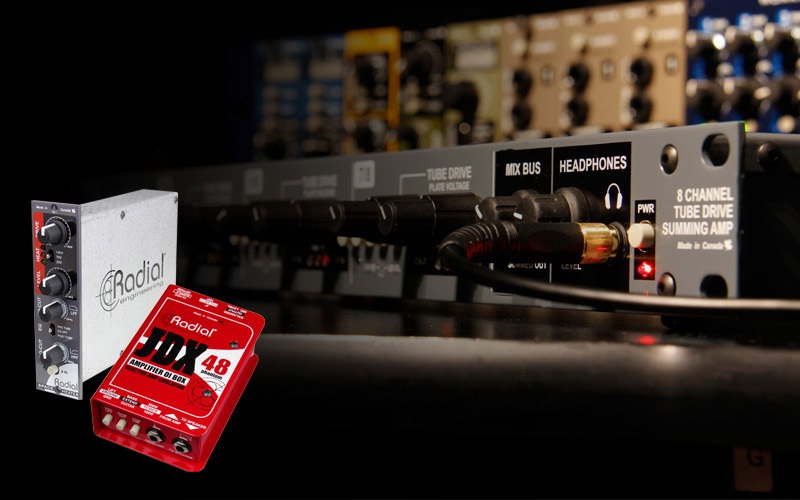
Thinking It Through
The next big question: Would we sell any of these new widgets? The “right” approach to this hugely important subject is to create a SWOT analysis. SWOT is short for Strength, Weakness, Opportunity and Threat, whereby you ask questions such as: What are this product’s strengths? What makes it special or unique?
It’s important to note, however, that being unique is not always being smart. I often tell folks about my idea for square tires: “When you park on a hill, they don’t roll, plus I’d be the only person in the world selling them – no competition!” But would I actually be able to sell any of them? Are there weaknesses or limitations? For example, will they be expensive to build?
Next, the opportunity could be huge sales volumes or limited sales volumes yet commanding a premium price. And finally, the threat may be that it could easily be copied by a competitor.
At this point I must confess that we would often put a product onto the market without enough due diligence, but thankfully, we were more often right than wrong.
Making It Real
Once we’d agreed upon a design it then went to engineering. Actually, this was where the “napkin” is sent to two different places.
The first is mechanical, where product design engineers “virtually” place all of the new device’s XLRs, switches, and LEDs into a 19-inch rack space to see if everything fits. Before the advent of 3D software, 2D drawings would be sent to the metal shop, where the primary focus is manually adjusting the bend radius of the metal to compensate for thickness.
A caveat here was that when we decided to have a second manufacturer produce the same part, it would invariably be different because the adjustments never made it back onto the original mechanical drawings. Fortunately, modern 3D programs, although very expensive, are able to predict the bend radius based on the thickness of the metal, thus the drawing and subsequent production accuracy is greatly improved.
The other destination for the napkin is electrical engineering, where a block diagram is created that attempts to electronically explain and determine the functionality of the device.
This may sound simple, but creating a circuit that addresses all of the needs that the product development team has in mind is often a major stumbling block. (“Scotty, I need warp drive now!” … “Captain, I’m doing the best that I can!”)
Often one can use previously developed building blocks and insert them into designs. Other times, small circuit sections must be built for testing to see if they’ll work before integrating them into the bigger picture.
The next stage is creating a circuit prototype. The mechanical engineer provides the electronic engineer with the size constraints in which to lay out the circuit board. As a rule, the smaller the enclosure, the greater chance of noise.
Further, using parts that are common throughout a product line not only saves costs but unifies the product as a family. For instance, we would purchase 100,000 switches at a time for 10 cents each while the same part could alternatively be purchased from a local part supplier for $2 each. If there are 20 switches on a product, it means a cost differential of $2 versus $40 for the exact same parts.
As a rule of thumb, we multiply the build cost by 6 to arrive at a retail price. By buying right, the switches only contributed to $12 at retail instead of $240! This isn’t always easy – sometimes it takes weeks or even several months to source parts. They can come from domestic suppliers, or the UK, Europe, China… and part shortages are often the bane of purchasers.
Worse yet, we would design in a part that we’d been using for years only to discover that it had been discontinued. This is becoming all the more common with the shift from analog to digital audio technology, and it sometimes forces one to buy from secondary markets and build up inventory well before getting any sense of a product’s market acceptance. At the end of the day, it’s all about risk tolerance and risk aversion.
